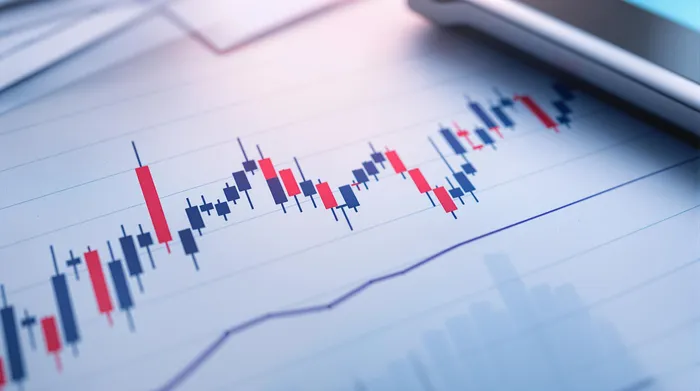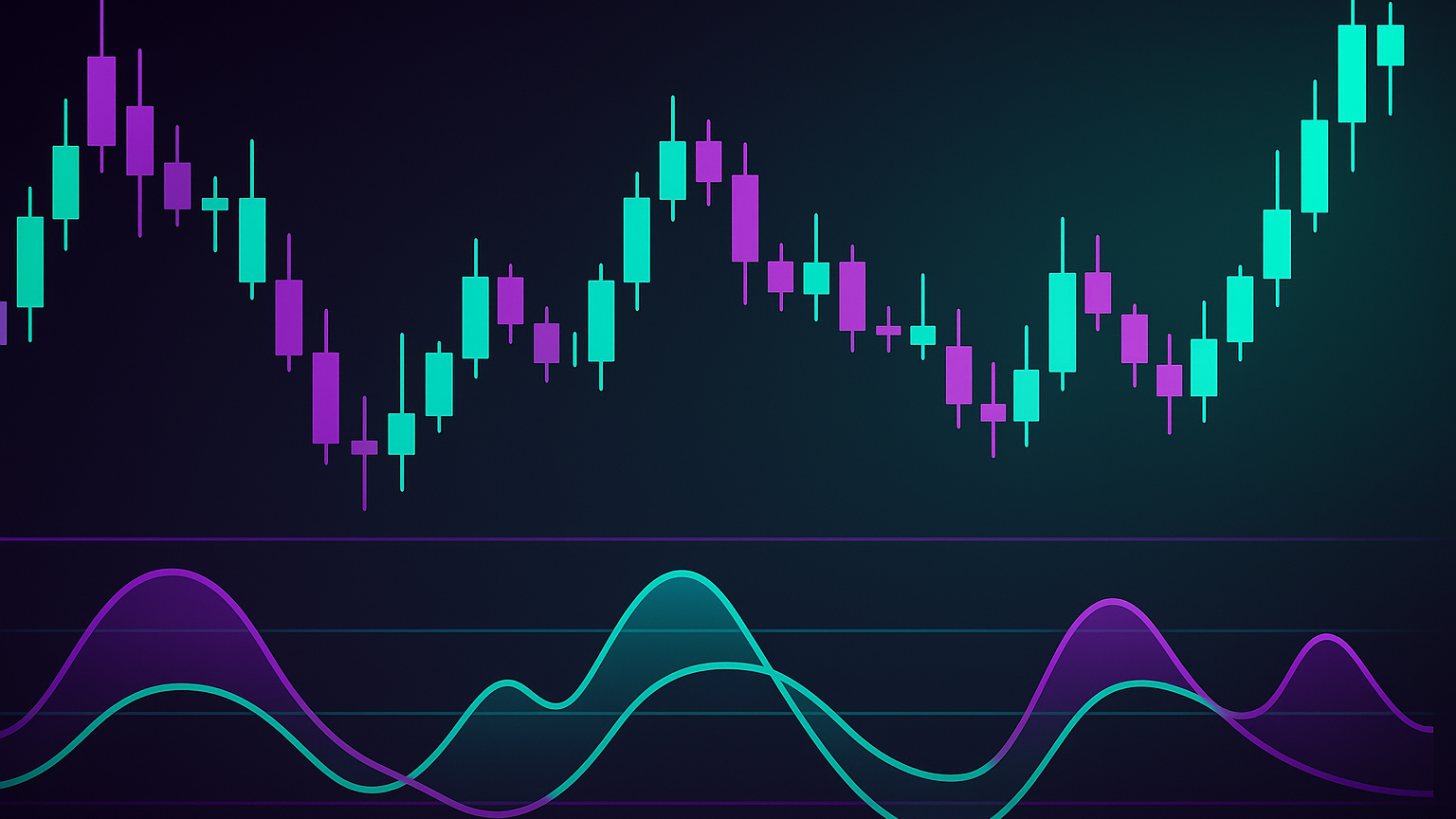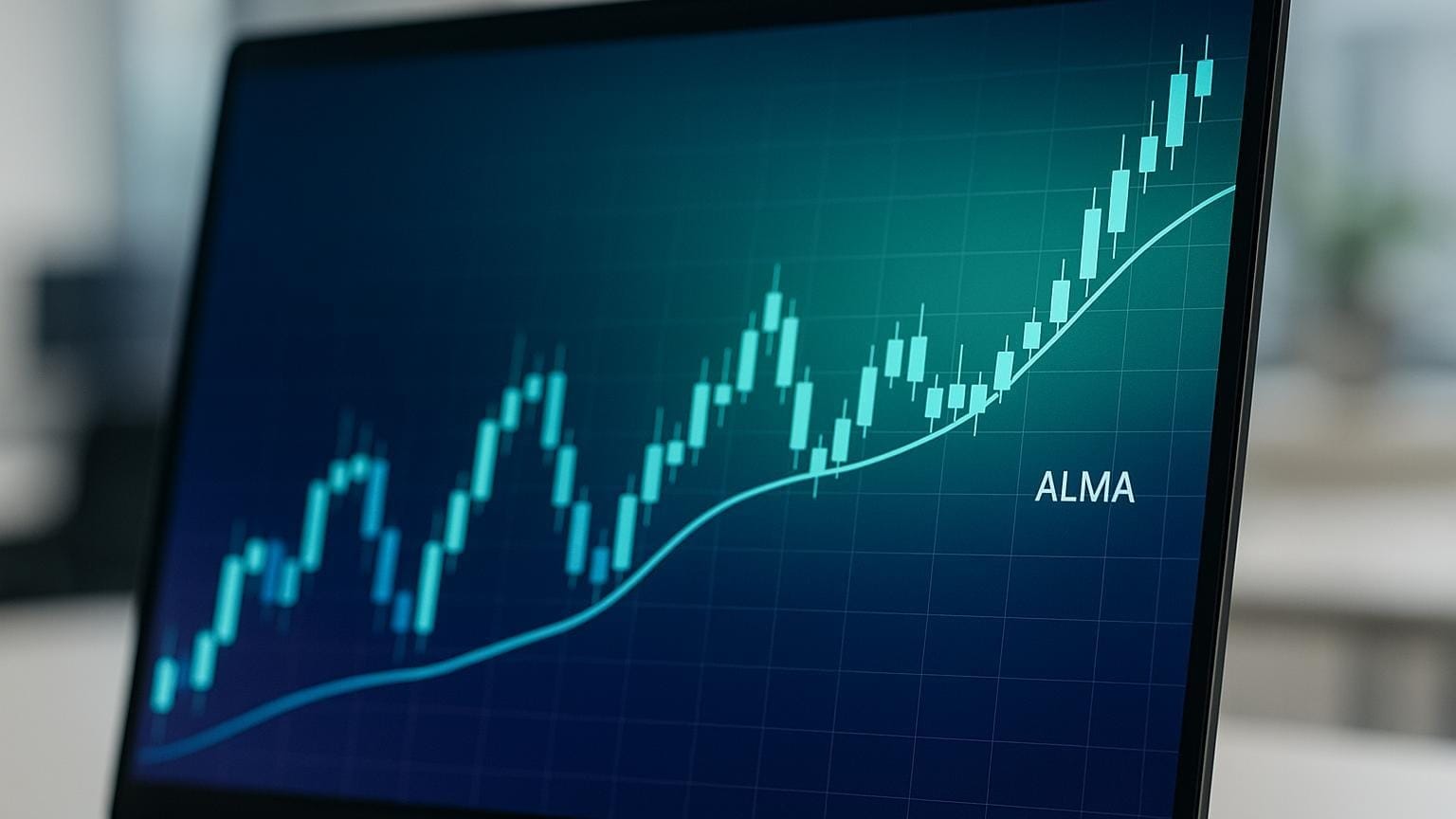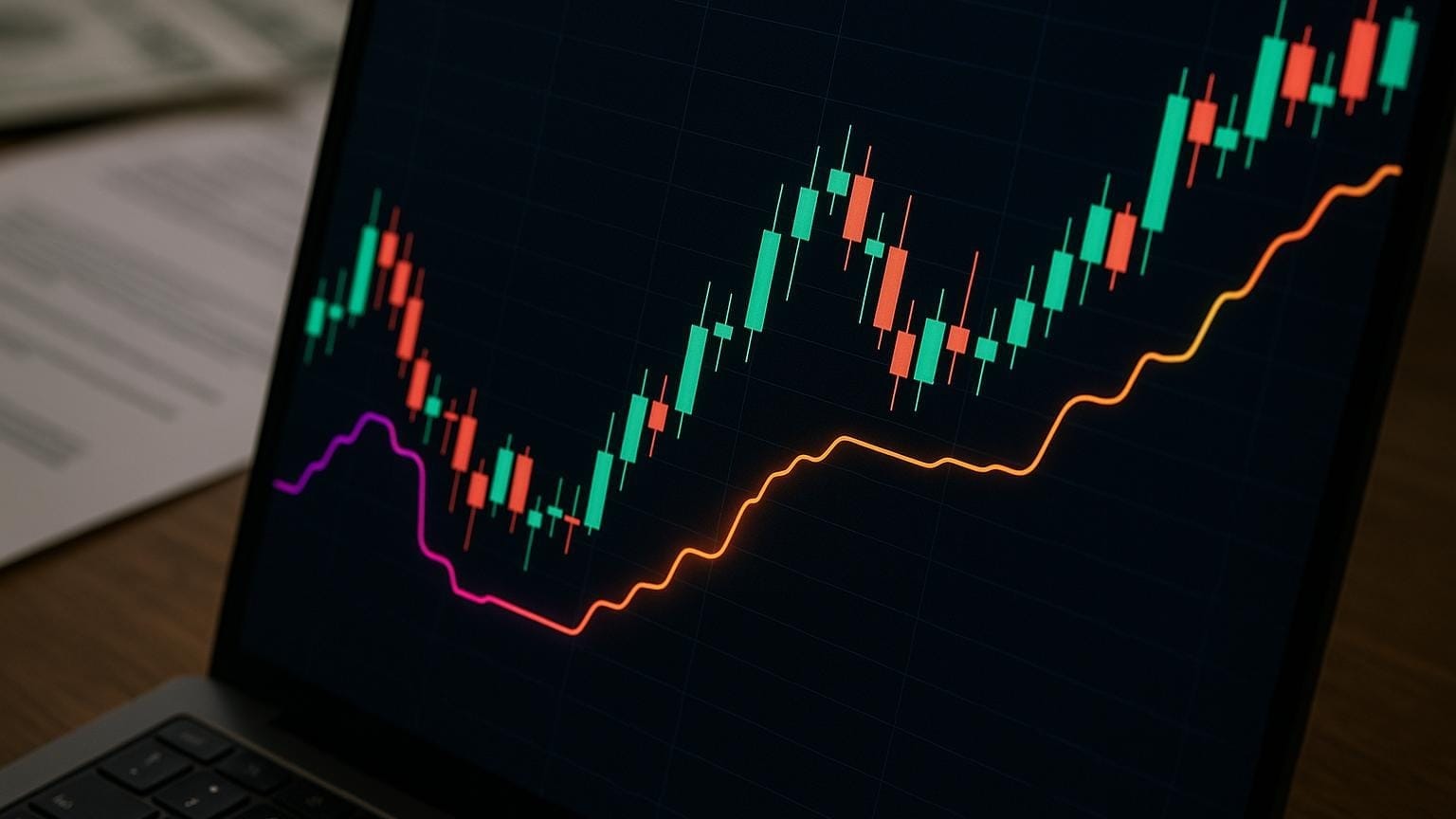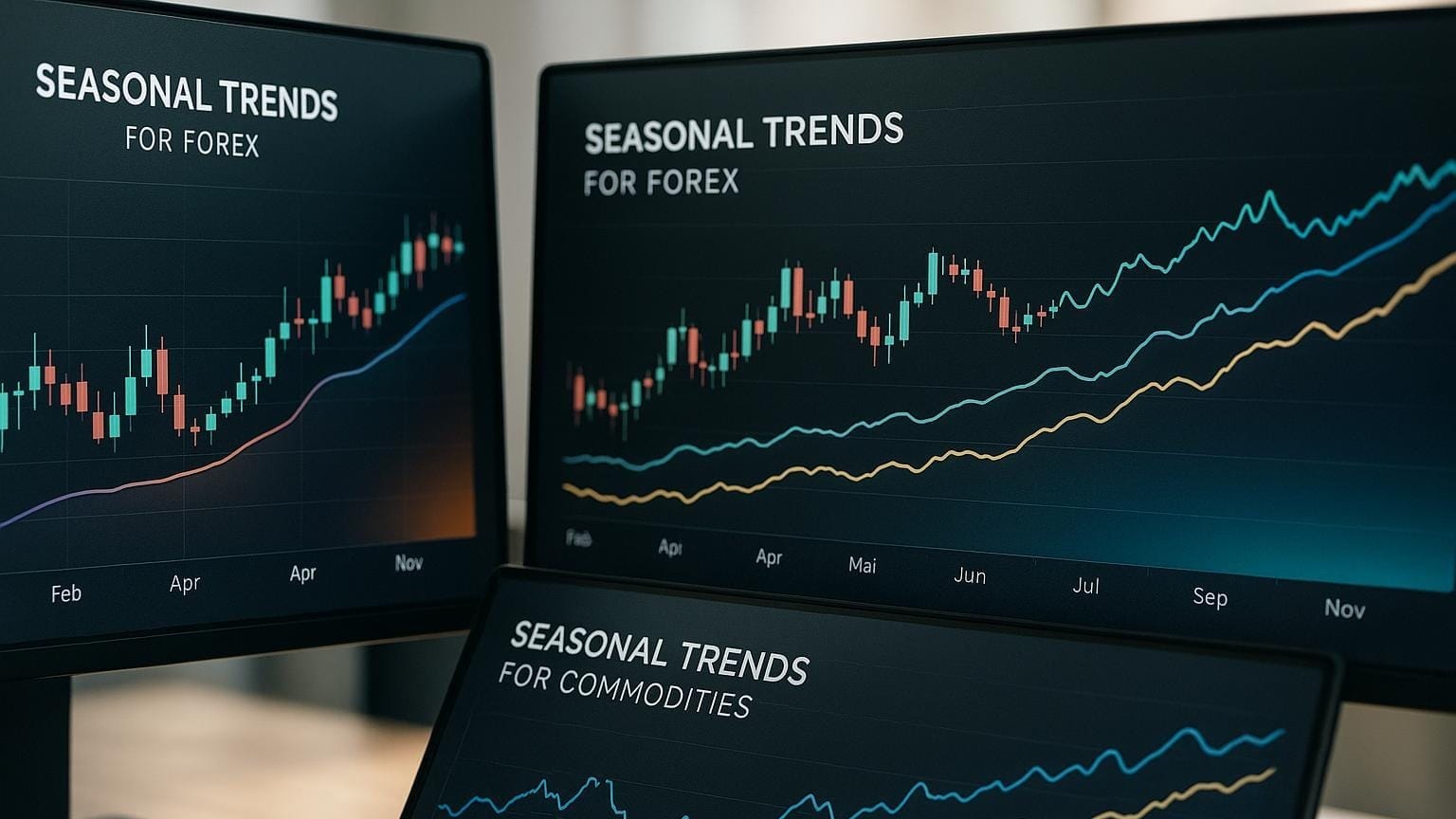Learn how High Wave candlesticks reveal market indecision and potential trend reversals with their distinctive long shadows and small bodies.
High Wave candlesticks signal market indecision with their long shadows and small real body. Here's what you need to know:
- What They Are: Candlesticks with shadows at least twice the size of the body, which is ≤20% of the total range.
- What They Mean: Indicate balanced buying and selling pressures, often hinting at trend reversals or pauses.
- When to Watch: Look for them near support/resistance levels or after strong trends.
- How to Use: Combine with high volume and confirm with the next candlestick for better accuracy.
Quick Comparison:
| Pattern Type | Shadow Length | Body Size | Key Feature |
|---|---|---|---|
| High Wave | Very long | ≤20% of total range | Extreme indecision, long shadows |
| Spinning Top | Moderate | Small but visible | Shorter shadows than High Wave |
| Long-Legged Doji | Long | Almost none | No real body, equal open/close |
Use High Wave candlesticks to identify potential reversals, especially at trend extremes or key price levels. Always confirm with additional indicators like volume or RSI.
Pattern Structure
Key Pattern Elements
High Wave candlesticks are characterized by their long upper and lower shadows—each at least twice the size of the body—and a small real body (20% or less of the total range). This reflects substantial price movement with a balanced tug-of-war between buyers and sellers. The upper shadow represents the highest price during the period, while the lower shadow shows the lowest. The body's color, whether green (white) or red (black), indicates the closing trend but is less important than the overall structure.
Comparison with Other Patterns
To better understand High Wave candlesticks, let's compare them with similar candlestick patterns.
| Pattern Type | Shadow Length | Body Size | Key Distinction |
|---|---|---|---|
| High Wave | Very long (2–3× body) | ≤20% of total range | Extremely long shadows |
| Spinning Top | Moderate | Small but visible | Shorter shadows than High Wave |
| Long-Legged Doji | Long | Almost none | Barely visible or no body |
This table shows that while other patterns also suggest indecision, High Wave candlesticks stand out due to their extreme shadow-to-body ratio. Unlike Doji patterns, which have nearly identical opening and closing prices and no real body, High Wave candlesticks maintain a small but noticeable body—making them a more pronounced form of spinning tops.
The pattern's reliability increases when the following conditions are met:
- It forms alongside higher-than-average trading volume.
- The shadows are at least double the size of the body.
- The pattern appears near key support or resistance levels.
Pattern Analysis
Market Behavior Signals
High Wave candlesticks show the market’s indecision as prices close near their opening levels. The strength of the signal varies by condition:
| Market Condition | Signal Strength | What It Means |
|---|---|---|
| High Volume | Strong | Indicates broad uncertainty |
| Key Support/Resistance | Strong | Points to a possible trend reversal |
| Normal Volume | Moderate | Reflects general market hesitation |
| Consolidation Phase | Weak | Likely suggests ongoing sideways action |
Uptrend vs Downtrend Signals
In an uptrend, High Wave patterns near resistance hint at bearish reversals; in a downtrend, those near support suggest bullish reversals, as sellers or buyers fail to maintain pressure.
Market Environment Factors
The pattern is most impactful under these conditions:
- At Trend Extremes: End-of-trend signals carry more weight.
- During High Volume: Confirms the strength of indecision.
- Near Technical Levels: Works best around major support/resistance or key moving averages.
Pattern Recognition Guide
Identification Steps
Make sure each High Wave meets these criteria:
| Component | Measurement Criteria | Validation Check |
|---|---|---|
| Real Body | ≤ 20% of total length | Compare the body to the candle’s height |
| Shadow Length | ≥ 2× the body size | Measure both upper and lower shadows |
| Overall Size | Larger than recent candles | Compare to the last 20 candlesticks |
Technical Tools
One standout offering is the Candlestick Structure indicator from LuxAlgo, compatible with TradingView, MetaTrader 4/5, and NinjaTrader. To refine detection:
- Enable High Wave highlighting in LuxAlgo settings.
- Use trend tools like EMAs or Supertrend for context.
- Align with the dashboard to see pattern clusters.
Common Pattern Locations
High Wave patterns often appear:
| Location | Significance | Action Required |
|---|---|---|
| Support/Resistance Levels | Potential for strong reversals | Monitor volume and price action |
| Consolidation Areas | Indicates market indecision | Wait for breakout confirmation |
| Trend Extremes | Signals possible trend exhaustion | Use additional indicators |
How to Trade High Wave Candlesticks
Trading Methods
High Wave patterns can guide entries and exits. Follow these rules:
Trade Entry and Exit Rules
For bullish reversals, place a buy-stop just above the High Wave high; for bearish, a sell-stop just below the low.
| Trade Direction | Entry Point | Stop Loss | Take Profit |
|---|---|---|---|
| Bullish | Above the High Wave high | Below the pattern low | Nearest resistance |
| Bearish | Below the High Wave low | Above the pattern high | Nearest support |
Supporting Indicators
Combine with:
- RSI to spot overbought/oversold (70/30 levels).
- Moving Averages for trend direction (crossovers).
- Volume Analysis to gauge signal strength.
Risk Control Methods
Manage volatility with tight stops and smaller positions.
Advanced Topics
Timeframe Analysis
Works across intraday to monthly charts, best as reversal signals at trend ends.
Automated Trading Setup
Pair pattern detection with volume confirmation and next-candle close checks, plus predefined stop-loss and position sizing rules from the Liquidation Levels indicator.
Pattern Drawbacks
They can cluster in consolidations, causing false signals and making automation harder.
Summary
High Wave candlesticks highlight indecision and act as reversal signals about half the time. Confirm with volume, context, and the next candle before trading.


